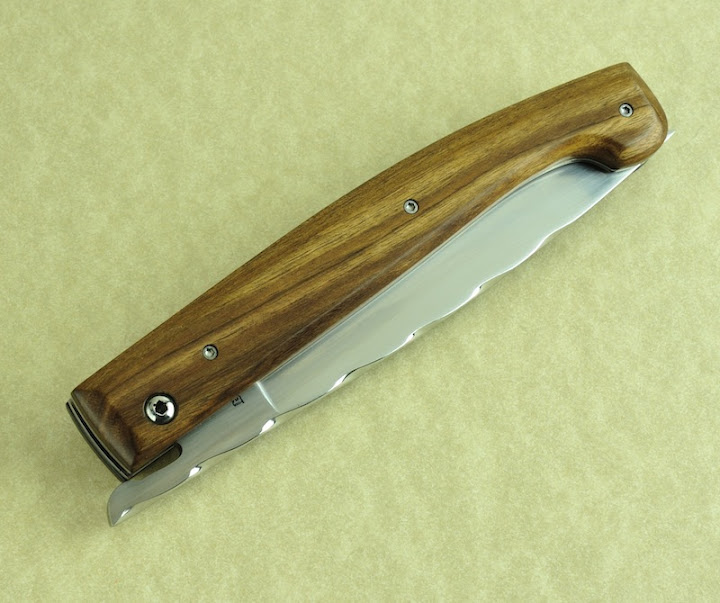Âchillepattada
Gold Member
- Joined
- May 17, 2012
- Messages
- 2,605
The BladeForums.com 2024 Traditional Knife is available! Price is $250 ea (shipped within CONUS).
Order here: https://www.bladeforums.com/help/2024-traditional/
Âchillepattada;12812616 said:
I will PM you about him, if you don't mind.
Small as Sardinia might be, osmetimes it's not easy to track knifemakers
Thanks for your help
Fausto

Very nice looking knives, A!!!
What is the length of the arburese?
Thanks in advance and for sharing these
Âchillepattada;12461438 said:
the sardinian have invented one of the first one-hand-opening system for their folders.
Traditionaly the blade was 1mm longer than the handle
Thanks for sharing your beautiful photos and culture
How was the knife traditionally carried, in a pouch, or just drop that pointy thing in a pocket?
They remind me of a Spanish Navaja from when Sardinia was part of the Spanish Kingdom of Aragon.
Âchillepattada;12812616 said:


